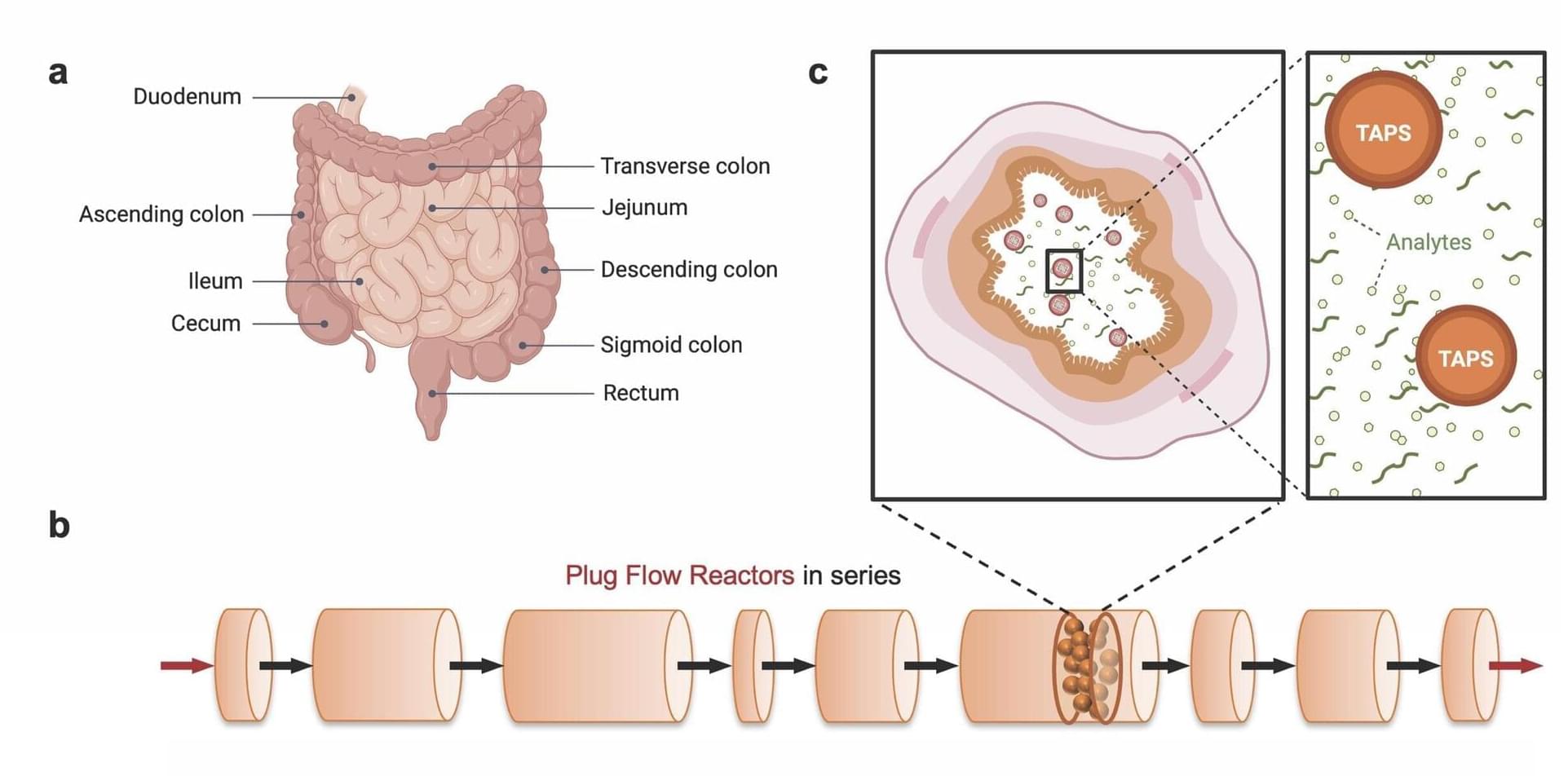When synthesizing chemicals, stationary sensors can collect and communicate detailed data from within a reactor system. Physically installed sensors reach their limitations when it comes to mapping concentrations within a fluid flowing through hard-to-reach areas—particularly within long, narrow tubes.
While sensors can be placed on the reactor’s perimeter in an industrial setting, suspending sensors in the center of a pipe would disrupt flow. In a medical application, such as mapping chemical concentrations within the intestines to pinpoint internal bleeding, implanted sensors become impractical.
A new framework optimizes the use of time-aware particulate sensors (TAPS)—a tiny sensor that travels through the system and remembers when it encounters a target chemical—to map these uncharted areas.
